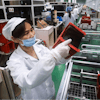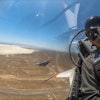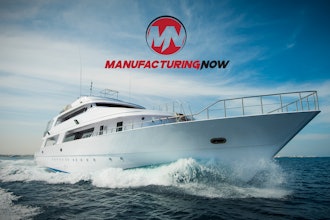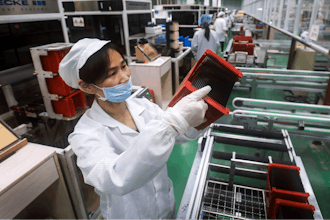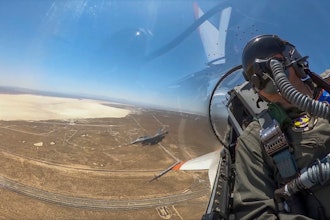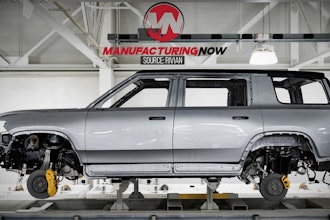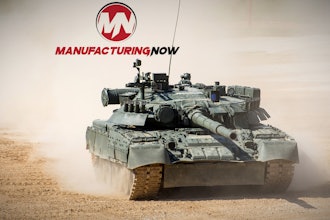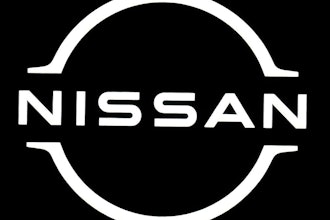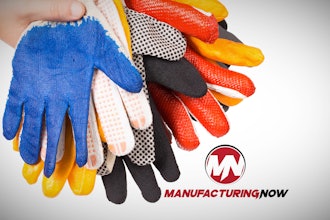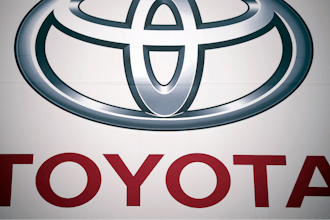ALBUQUERQUE, N.M. (AP) -- It's torture for the subjects: From being smacked with 50 mph ice chunks to sweating it out in a 185-degree chamber for hours at a time.
No alarm necessary -- the subjects are lifeless solar panels. But, in time, their ordeal should pay off for everyone involved.
The CFV Solar Test Laboratory opened last month at Mesa del Sol in Albuquerque, offering testing and certification services for manufacturers of solar panels to more quickly, and at lower cost, enter worldwide markets.
Unique in New Mexico, the lab is one of the few in the country that can certify for both North American and international standards.
"You not only have us becoming a production location, but now the testing and certification location for at least part of the world," said Bernalillo County Commissioner Art DeLaCruz, who worked with the county Economic Development Department on efforts to land the lab at Mesa del Sol. "That's critical because it continues to send out the message that we are the place for solar."
The state of New Mexico contributed $750,000 and Bernalillo County $250,000 to support the lab and the Fraunhofer Research and Development Facility, which is located together with the lab in the former Advent Solar complex. The two companies will evenly share the money.
CFV rents about 28,000 square feet of the building for offices and an indoor lab with a climate chambers and a solar simulator for performance measurements. It also has an outdoor testing area with different trackers and fixed racks to test various PV technologies.
"For all intents and purposes, we are open for business," said CFV manager Martin Plass. "I would like to process a full load (of orders) within the next two to three months."
The lab is jointly owned by four groups -- CSA Group, VDE Testing and Certification Institute, Fraunhofer Institute for Solar Energy Systems and Fraunhofer USA Center for Sustainable Energy Systems.
"Solar panels are high-voltage electrical devices -- often being placed in very close proximity to people in offices and homes -- that must be properly tested and certified as being safe and effective in generating power," said Ash Sahi, president and CEO of the CSA Group in a statement announcing the lab's opening and describing its mission.
CFV offers both North American certification according to UL 1703 safety standards, and IEC certification, which is the international standard for PV modules, said Plass, a German native who has lived in the States for 20 years and became an American citizen last October.
The process involves running PV panels through a series of standardized tests, which vary depending on whether they're for the heavy-on-safety North American certification or more performance-oriented international certification and on the types of PV modules being tested -- regular crystalline silicon, thin film or concentrating photovoltaics, Plass said.
"(They're) the kind of tests every manufacturer has to go through before they can really market their modules," Plass said. "If they don't get this certification test, they will get less money when they sell the modules. So, it's a de facto requirement, not a legal requirement."
In addition to standard certification tests, the lab will offer testing specifically requested by a manufacturer.
"Let's say a manufacturer gives like a 20-, 25-year warranty on their panels," Plass said. "So they're often interested to know a little bit better how reliable their panel is going to be and how long it is going to hold up."
Testing falls into several categories. There are climate chamber tests to determine a module's performance under the stresses of various environments, such as the dry climate in the desert or hot, humid conditions of a jungle. In the temperature cycling test, for example, a module is cycled minus 40 degrees F. to 185 degrees F. to determine if the module sustains any degradation, Plass said.
Another is the humidity freeze test, where the module is rapidly moved from high temperature, 85-percent humidity to minus 40 to see if any moisture freezes and cracks the sealing of the module.
Mechanical tests include firing 1-inch-diameter ice balls into panels at 50 mph to simulate the effects of a hail storm and using sandbags to apply 100 pounds of pressure per square foot to modules to simulate a snowload.
Then, there's the breakage test, which is specific to the UL certification.
"That's where we actually use a wrecking ball," Plass said. "It's like a punching bag filled with lead weights. We crash that from different heights (into the module). We want to see if it breaks into small pieces, or the whole thing kind of maintains its integrity. It's a safety test where we can evaluate if any big piece could fall off the roof and hurt someone."
There are a number of other safety and electrical tests as well, such as plunging the module into liquids to check for current leakages that might be dangerous, or scratching the panel to see if it exposes electrical wiring.
"Say it got installed poorly or installers scratched the module," Plass said. "We want to ensure that any normal damage a module wouldn't cause the module to become dangerous."
Plass said the lab has nine full- and two part-time employees, and is looking to add two more full-time people in the near future. "I think once we get the full volume of tests, we're probably going to add another four or five," he said.
Plass said his much of his previous working career was spent in the paper machine industry as a planning and product manager.
"It's very capital intensive and as product manager, I was very involved in developing the right equipment and figuring our prices," he said. "That's a big benefit I can bring in right now to set up the center."
The R&D facility, operated by Fraunhofer CSE and Fraunhofer ISE, is focusing on long-term PV module reliability, increased performance and reducing costs. It will eventually employ 15 to 20 people.

